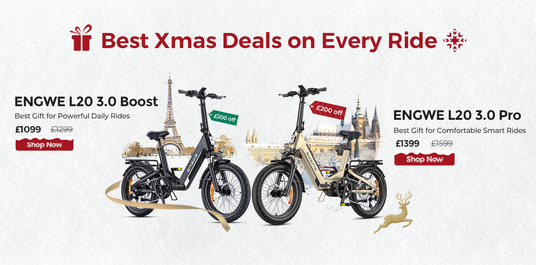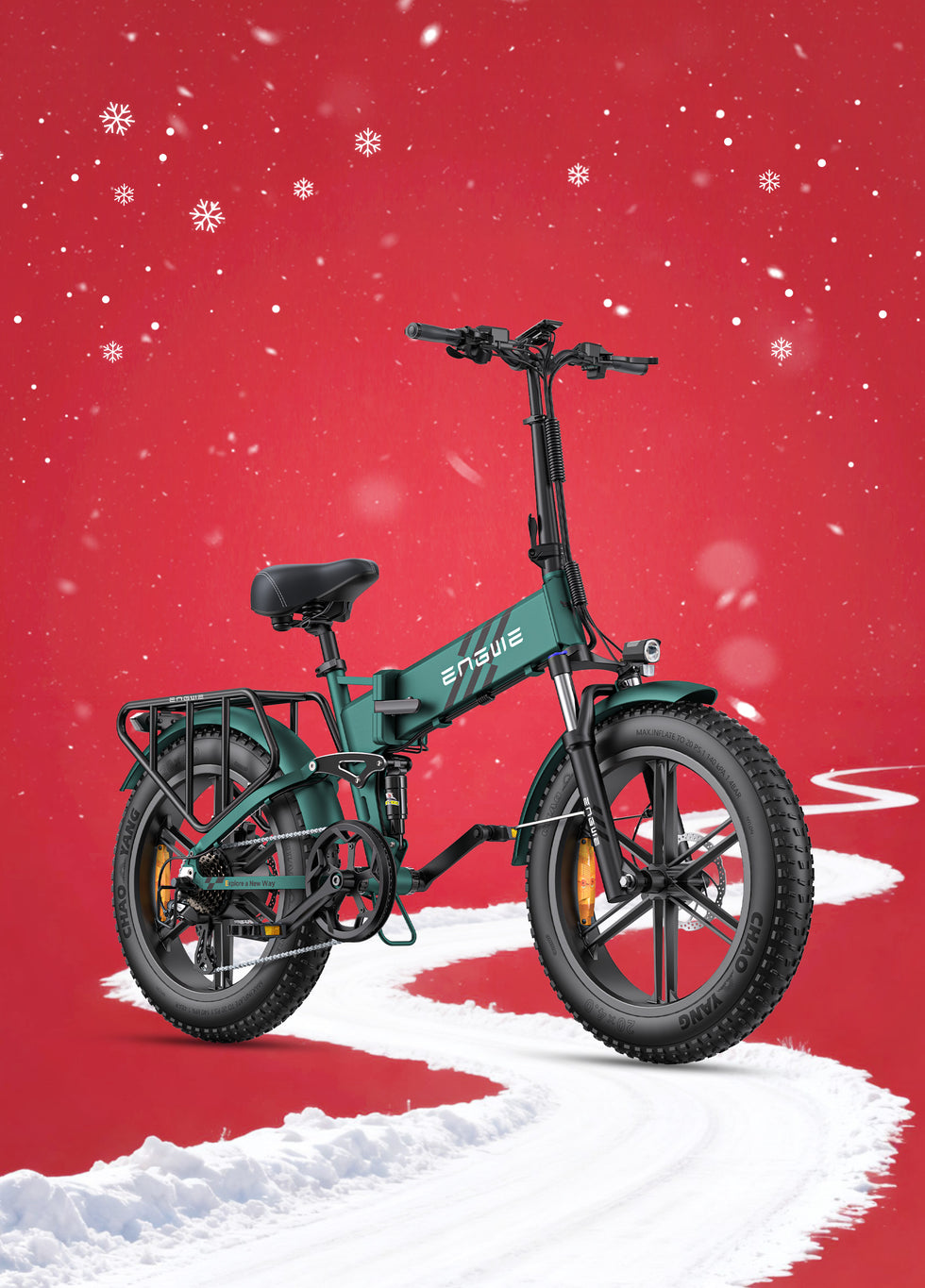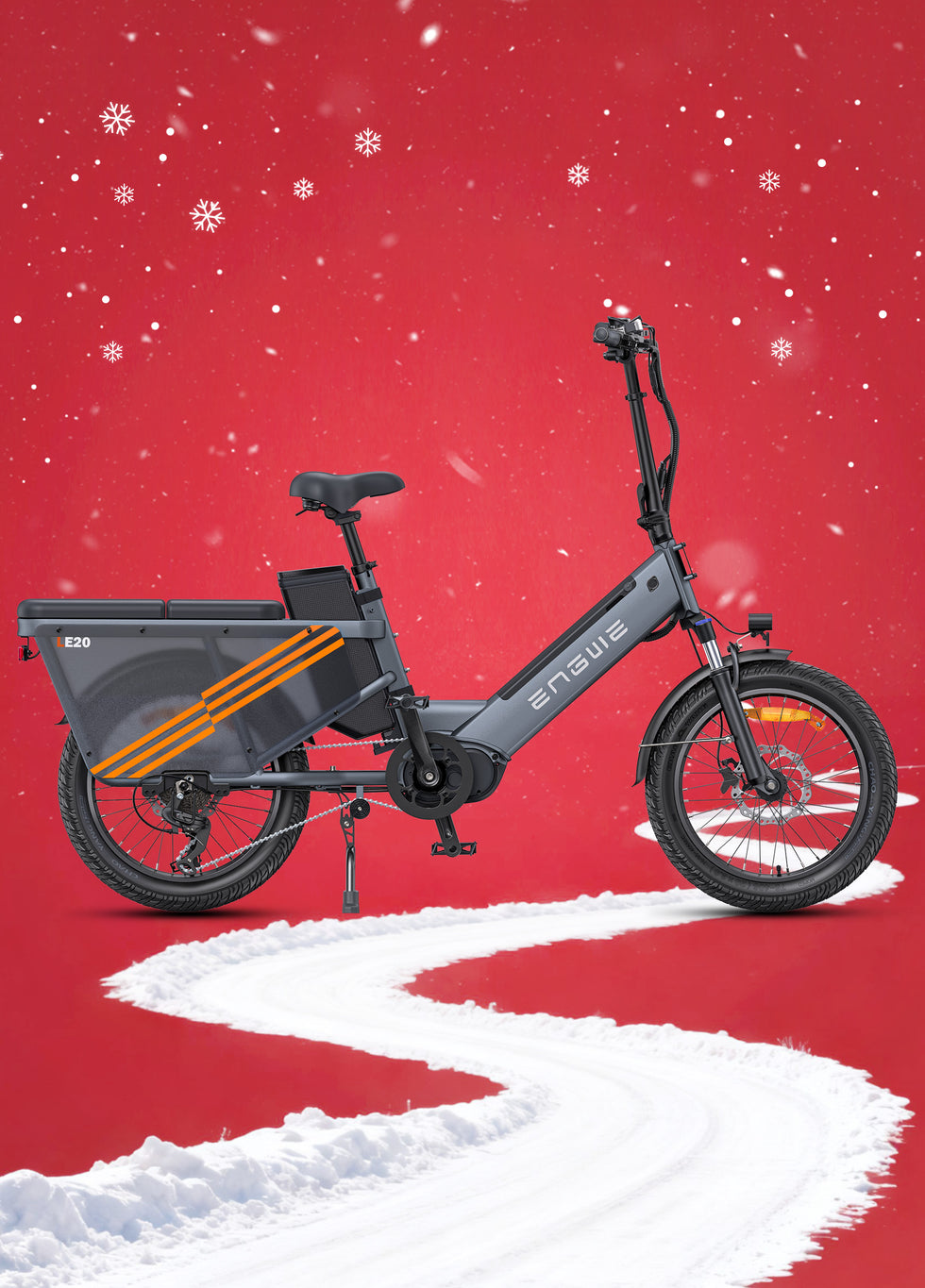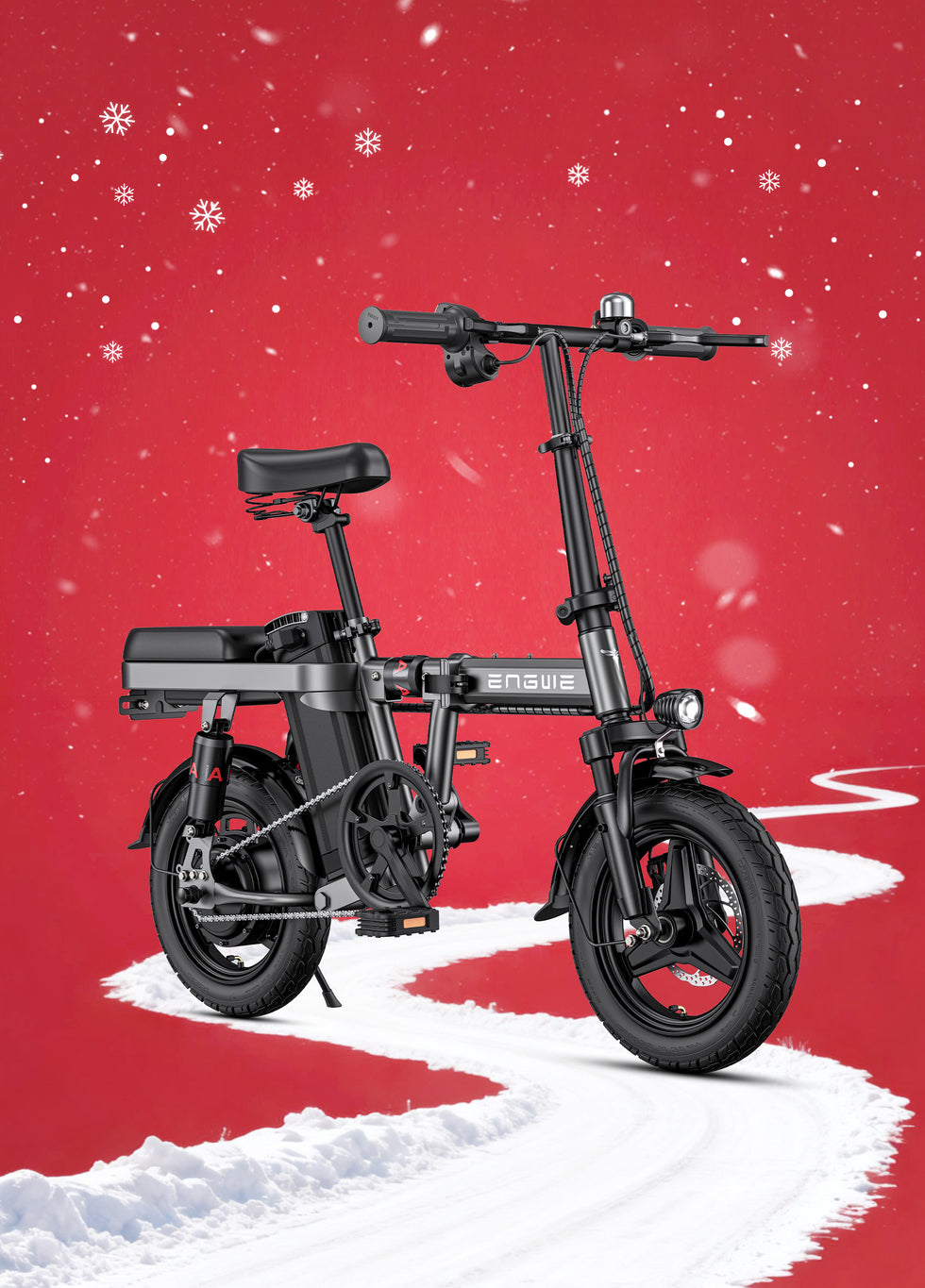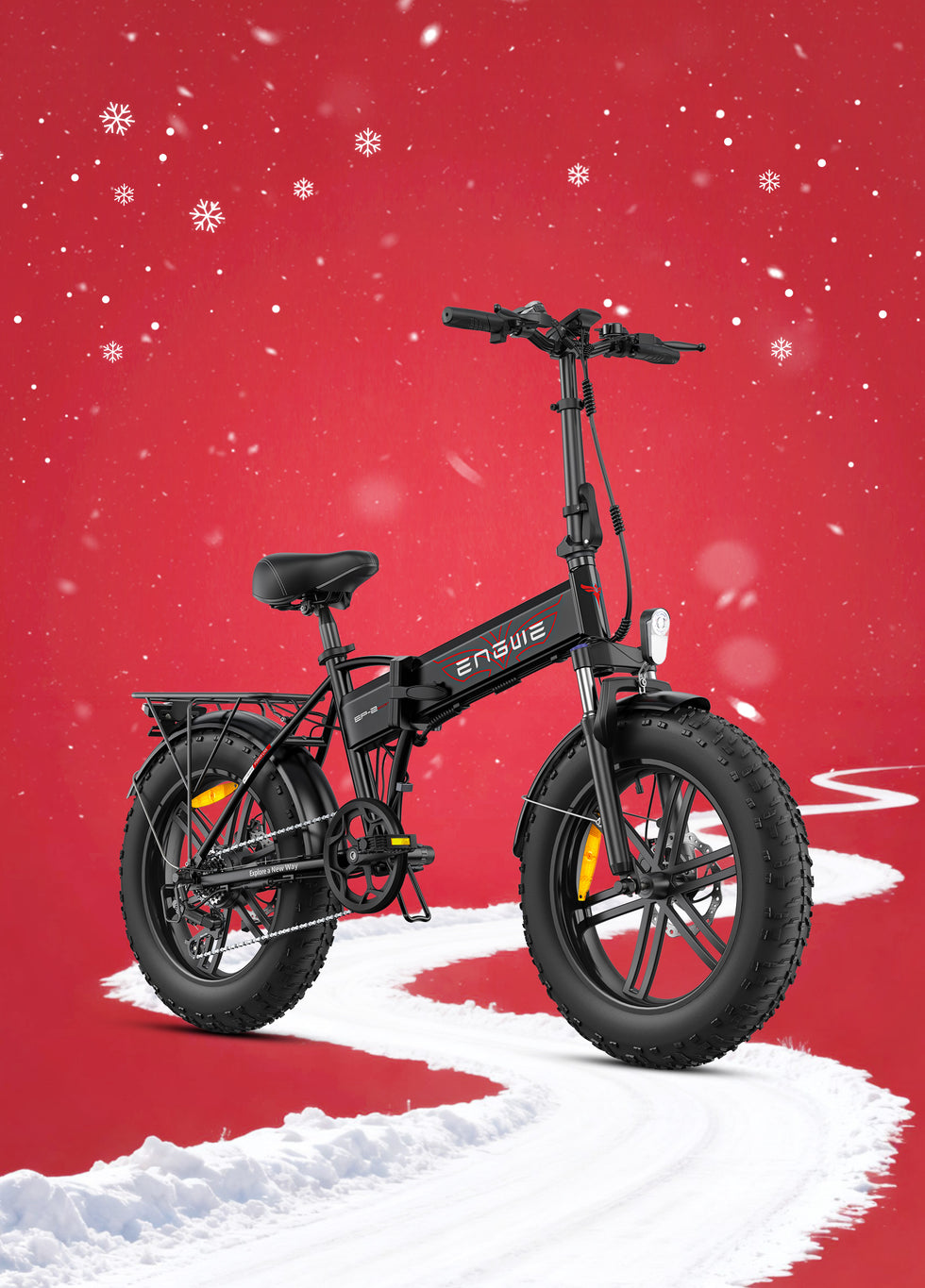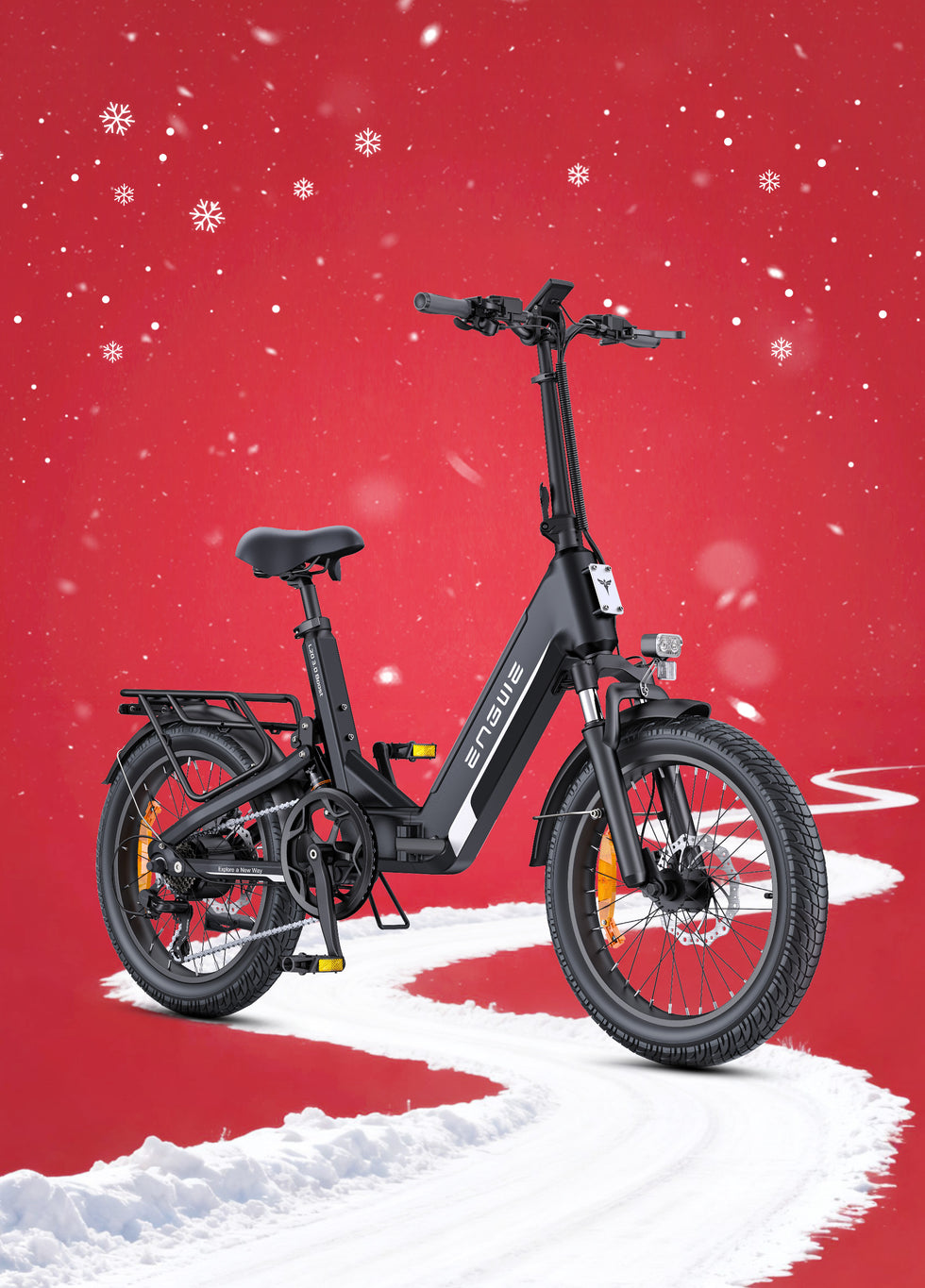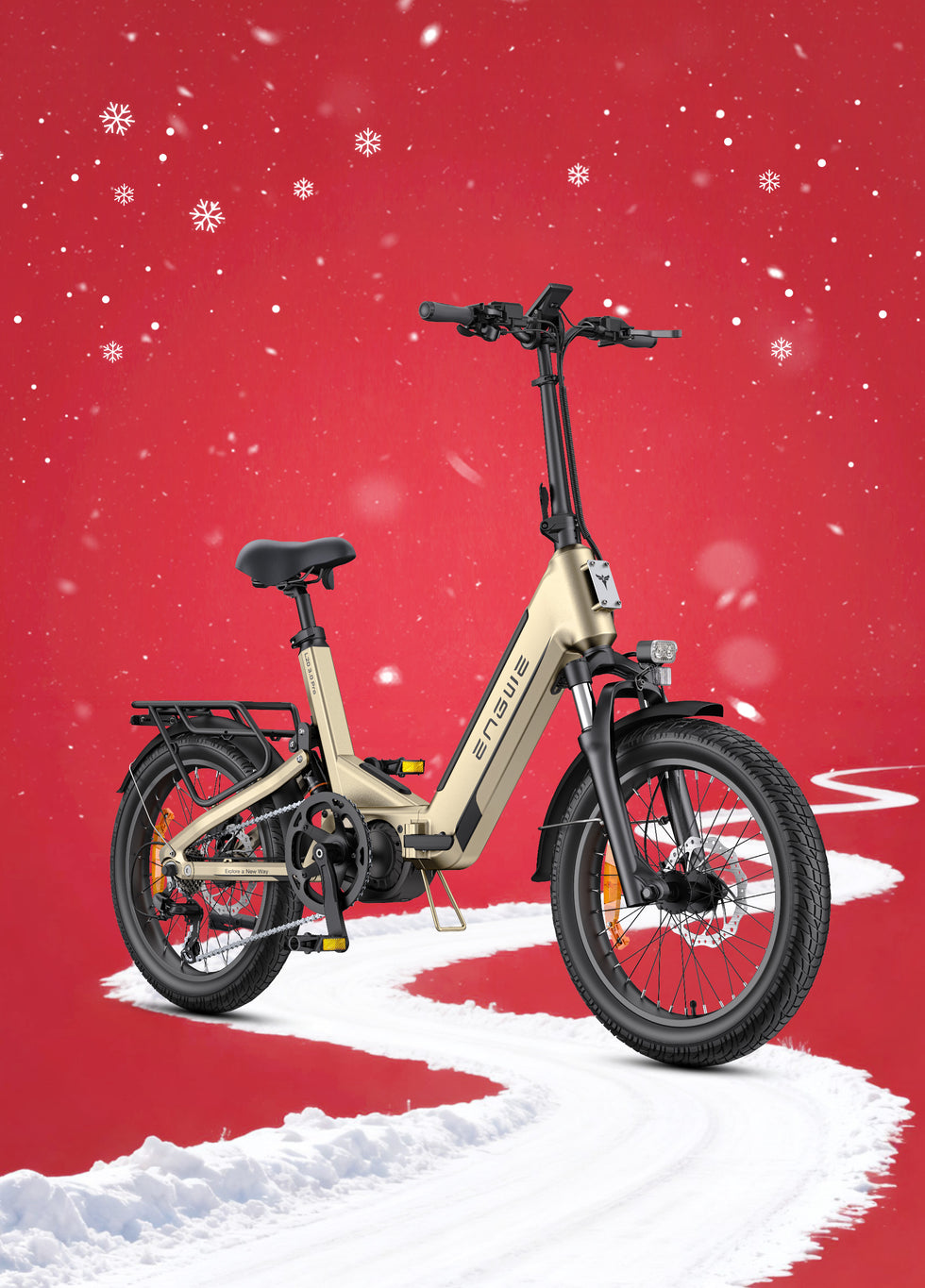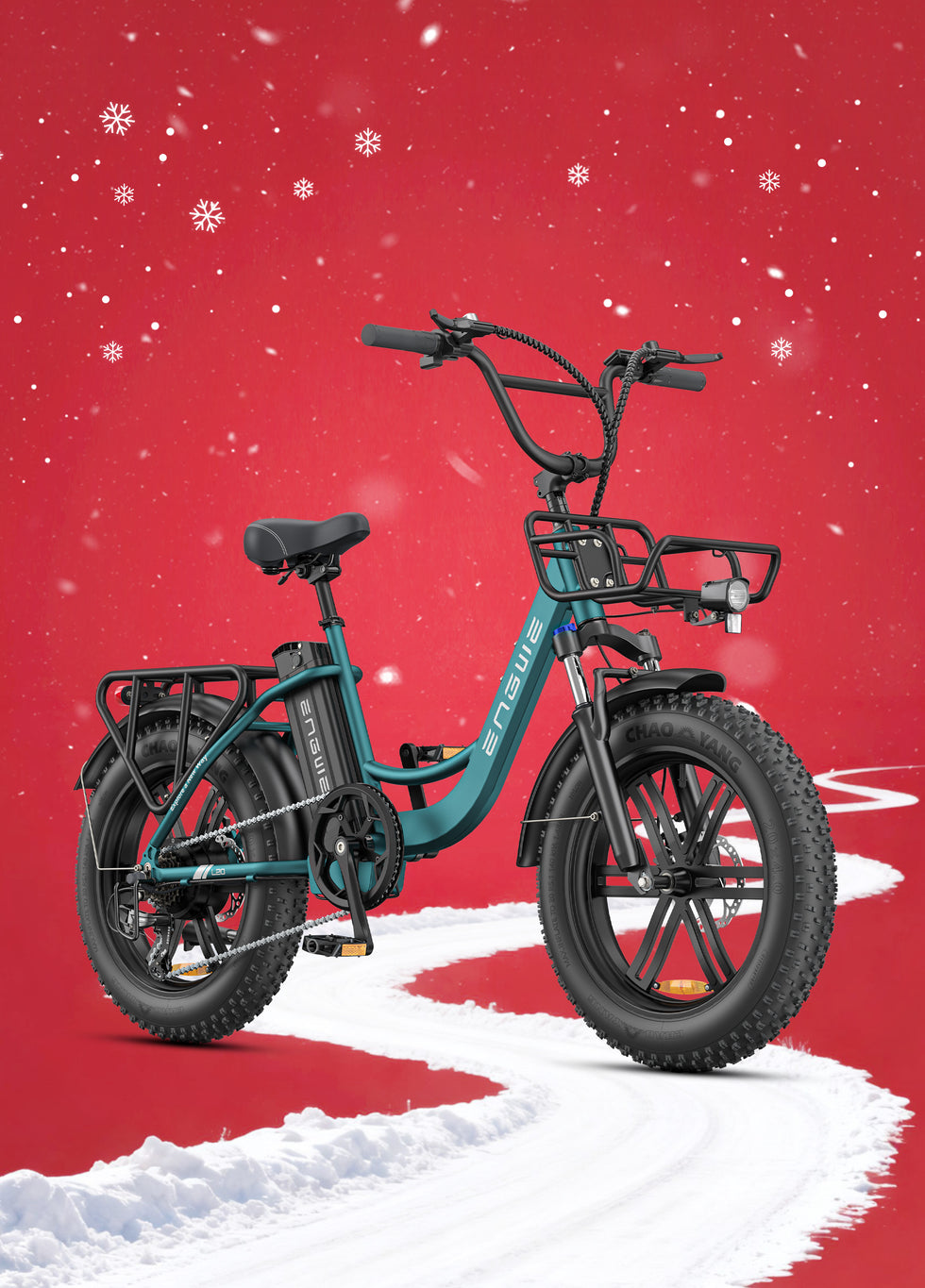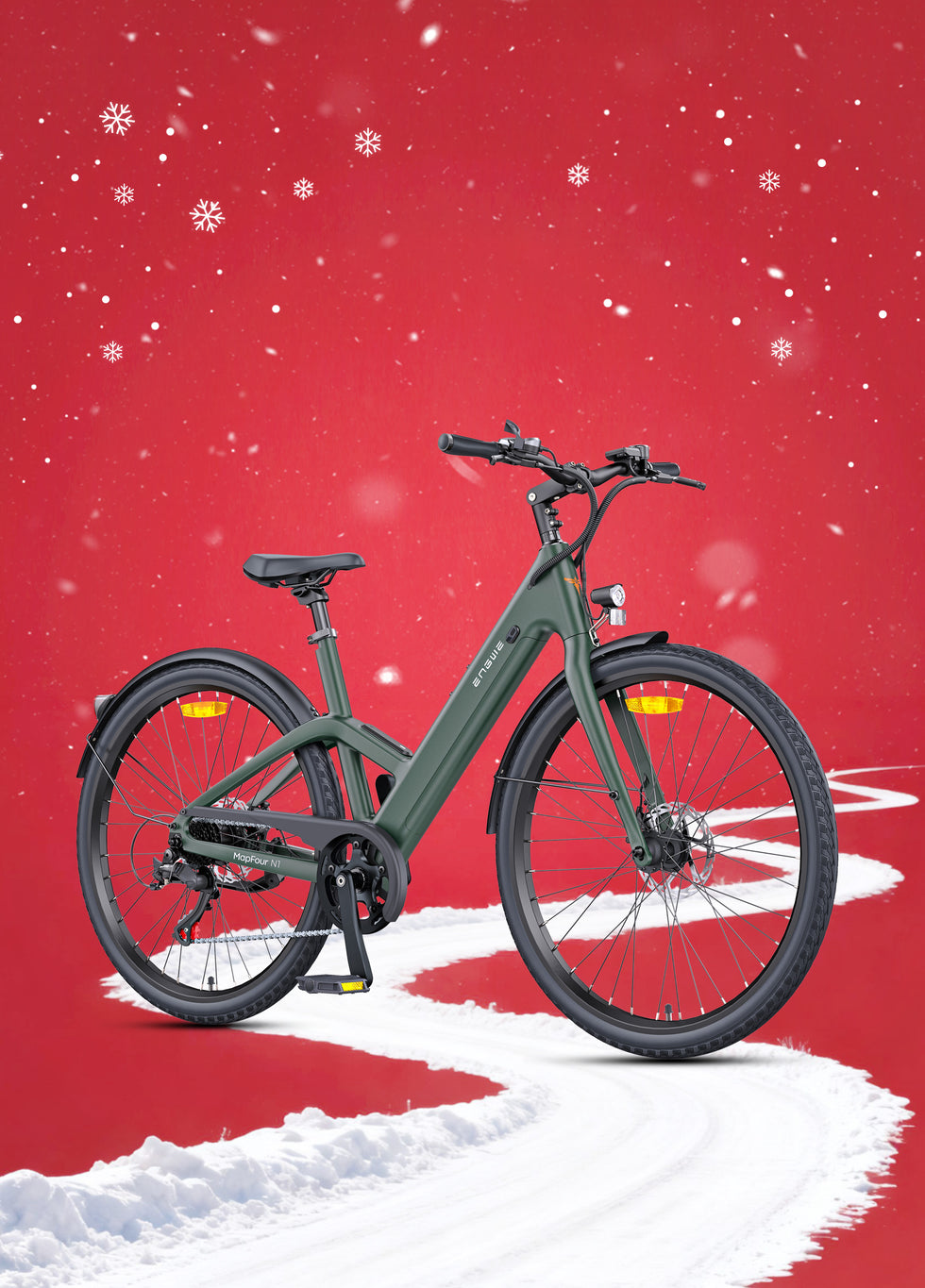We're in the midst of an electric bike revolution, delivering a smarter, cleaner, and more fun way to get around. However, when there are so many e-bikes in the market, choosing the best e-bike for your money can get confusing. It is not talking only about getting the cheapest one you can find but it is a significant investment. This translates to a never-ending journey towards the perfect equilibrium between cost, performance, reliability, and feature differentiation. Taking the time to read this guide — it also lays out a clear buying process and advice on how much you should spend — will cut through the noise, allow you to understand what is really valuable, and leave you with an electric bike that suits your needs and how much money you have left over.
What Makes the “Best E-Bike for the Money”, Really?
So, before we get into models and specs, let's ponder — what does value for an e-bike even mean? A low upfront cost always seems like an attractive option but can mask compromises in the right places to just cause you additional costs and grief later on. Value (features the same key components as should come up in any discussion):
Performance
How smoothly the bike delivers power. Is the battery range enough for your average daily drive? A bike that slumps up hills or peters out partway into your morning is no bargain, no matter the cost.
High-quality, durable e-bikes
High-quality, durable e-bikes should be at the top of anyone's shopping list. That means a solid frame, quality components from established manufacturers (say Shimano for the gears), and something that will take daily use as well as whatever the weather throws at it.
Core part quality
The parts that make an electric bike an e-bike are the motor and battery. E.g., a high-quality bike will have cells and a battery that lasts and an efficient motor like one coupled with a torque sensor.
What neat looking features
What neat-looking features, at a glance or two, have to be individually checked for your comfort. Integrated front and rear lights, mudguards, a comfy saddle, ergonomic handlebars, and proper brakes (preferably hydraulic) also make the ride that much better and safer.
Ease of Maintenance
A good-looking e-bike will also take good care of itself as it ensures less cumbersome and costly maintenance schedules for you over its lifespan.
The complete process of this, and to get the best value e-bike, is knowing the basic components that go into it. This is the kind of knowledge you can leverage against marketing jargon in order to determine the amazing capabilities a given bike has.
The Motor: Power and Precision
The motor is of course what makes an e-bike, well, an e-bike. Road-legal e-bikes in the UK and EU are generally restricted to a 250W motor, with assistance until you reach 25 km/h, but not all 250Ws are created equal.
Motor Type
Most commonly you'll come across two: hub drive (rear or front wheel) and mid-drive (found in the middle of the bike frame). Rear Hub Motors — Also common, also quite cost-effective and work well for flat-ground commuting. Mid-drive motors have the added bonus of providing a more balanced feel and can be more efficient on the steepest hills, but tend to have higher price tags.
Torque
Typically measured as Newton-metres (N⋅m), this is the rotational force generated by the motor. More torque = better acceleration and gradeability. You'll feel a difference going up hills — where 70N⋅m or more can be the norm — and it will make the bike haul quite ample.
Type of sensor
This is one that is overlooked time and time again but can also be a great indicator of the difference between a good e-bike and trash.
Cadence Sensor
Monitors Pedal Turnover, provides power according to the Assistance setting chosen. That jerky little surge when the motor wakes up or goes to sleep, well, you can still feel it sometimes.
Torque Sensor
Gauging a measure of how hard you are pedaling or the torque driven into the bottom-bracket sensor. The result is the smoothest, most natural ride we've ever felt—the fork and rear shock seem like an extension of your effort. All the above are traits of a good quality, value electric bike.
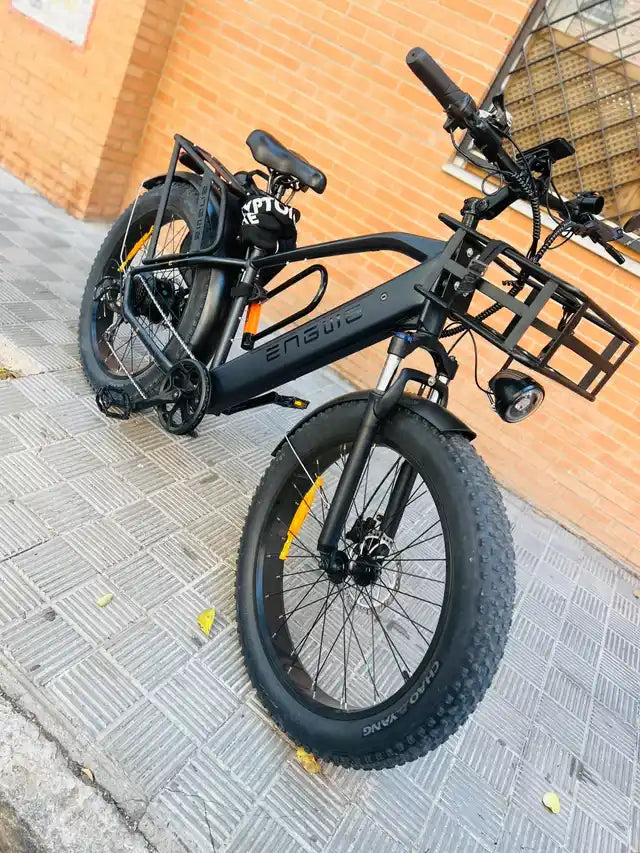
The Battery: Range and Reliability
Your e-bike in effect has its fuel tank, and the battery is it. Its capacity and quality play a crucial role in your riding freedom.
Capacity
mAh or Voltage (V). Each of these numbers can be turned into watt-hours (Wh), which provides you with the total energy stored for easy comparison. Generally speaking, the higher the Wh number, the longer the range. For a 36V system, a 13Ah battery is rated at 468Wh.
All of the tests above are conducted in the highest PAS setting (PAS5), meaning pedal assistance from 250% to 420%, which gives you a range approximately as follows, depending on speed, rider weight, terrain and tire pressure: "up to 100 km".
Design
The removable battery and its portability, with which you can take it just about anywhere, is a huge win when it comes to charging indoors as well. The integrated battery makes for the neater appearance of the two.
Reasonable charging time
You need to be looking for a reasonable charge time of about 4-12 hours for a full charge from empty.
Foundations: Frame, Brakes and Drivetrain
Frame
The majority of e-bikes come with a 6061 alloy frame — strong yet light enough for you to lug. Frame geometry should be considered as well. City bikes and all of the various other flavors of city riding from cargo to café-faring strongly benefit from a step-through frame; conversely, a step-over (or crossbar) provides added stiffness.
Brakes
Safety is paramount. They may provide mechanical disc brakes standard, but hydraulic discs are light-years better. They provide far more stopping power with less effort, improved modulation for control, and better reliability in wet conditions. It's a must-have feature when searching for the best e-bike money can buy.
Gears
A brand like Shimano assures a good gear system. For urban and light trail riding purposes, the 7-speed should offer enough range to get up hills without too much effort as well as efficiently cruise on flats.
Top-Rated Companies Offering the Best Value
The space is a competitive one, with many brands coming in, but there are few which have been consistently doing well by offering premium features at an affordable cost. They know that value comes from offering a great ride, not just making things cheap.
A brand that has made themselves known when it comes to affordable e-bikes is Engwe. They attempt to incorporate high-end features like torque sensors and hydraulic brakes into models that are priced for comparison shopping. Since we want to create a commuter e-bike with an on-board computer, we must design a new frame with an integrated battery. The Engwe P275 SE, for example, is a great value city e-bike. The electric propulsion is developed based on a 250 W brushless engine, supports the driving torque built-in a precision sensor to bring an extremely natural and sensitive driving feeling. The battery is a 36V 13Ah removable lithium-ion pack, with it giving this bike an excellent maximum range of up to around 100 km. That’s far more than enough for practical everyday riding. Rider safety and comfort are key with 160mm hydraulic disc brakes, a Shimano transmission system with 7 gears, and an upright riding position due to its Dutch-style ergonomic design. The overall package is simply unmatched to date for the urban rider. The Engwe LE20 is one of the best entry-level cargo bikes available for folks who have serious hauling requirements. This step-through model has a really big payload capacity of up to 200kg. The former is driven by a 250W motor with an abundant 75 N⋅m of torque, which means the Ute sails pretty effortlessly through heavy loads. This one doesn't have an external torque sensor but it uses weighted disc brakes that provide very good stopping power. A standout feature is the dual-battery version, which can travel up to an amazing 350 km in all-electric mode at its most efficient settings, potentially quelling range anxiety for even the most demanding users. Featuring front suspension as well as puncture-proof tyres, the LE20 is a practical workhorse that can be used by both families and businesses.

Selecting an E-Bike that Fits with Your Lifestyle
The right value, of course, will depend on your type of riding.
City E-bikes
Made for city life. The essentials, like an upright riding position, mudguards, lights, and a rear or front rack for your daily carry, are also there. The Engwe P275 SE would sit here at this price point.
Cargo E-Bikes
Primarily designed to carry a load with the groceries for your family as well as the children. They have big, strong frames, can carry a lot of weight, and come with powerful motors to haul the extra heft. The Engwe LE20 represents a case in point.
Hybrid E-Bikes
A hybrid, do-it-all option. They combine road and mountain bike features, making them rideable on paved streets or light, unpaved trails.
Folding E-Bikes
Great when you have little space, or need to connect your ride with public transportation. They offer ultimate portability.

Your Top 5 Questions Answered
We answer some of the most frequently asked questions by buyers looking for a bang-for-your-buck e-bike.
What is the price span for a good value e-bike?
It is so easy to head straight for the cheapest deal, but in reality, real value starts at the lower-mid range. Cheaper e-bikes start from less than a grand, but will likely feature a cadence sensor and mechanical brakes. The point where you start to get important upgrades like a torque sensor, hydraulic disc brakes, and a battery from a known cell supplier, usually falls around the sweet spot for "best for the money." And here a small investment translates to multiples more, in terms of ride quality, safety, and lifespan.
How much range can I expect to get out of an Electric Bike, and how do I improve my real-world e-bike range?
The all-too-familiar advertised figures are usually harnessed in perfect conditions: a light-weight rider on flat ground with nil wind at the bottom pedal-assist setting (PAS 1). Expect less in the real world. You can maximize it by using the lowest assistance level whenever possible, keeping your tires at their correct psi, pedaling smoothly, and trying to anticipate stops so you're not braking or accelerating so hard. A torque sensor, available on some bikes, would help also, as it indicates how much energy you are putting out through your pedalling.
Are e-bikes difficult to maintain?
Much of e-bike maintenance is the same as that of a regular bicycle, but there are some major differences. You should regularly:
Check tyre pressure.
Clean and lubricate the chain.
Check your brakes for wear.
Keep the bike clean. The electrical components are sealed with few or no moving parts, and can be expected to be maintenance-free for your overall use. Above all, ensure the battery never fully drains and is stored in a climate-controlled room.
Torque sensor vs cadence sensor, and why does it even matter?
It's potentially the biggest differentiator in terms of ride feel. Weighed against a cadence sensor input, which just sends an on/off signal — pedal or no pedal and you get some amount of power. This feels “robotic” and choppy. Turns out the torque sensor is quite a differentiating piece from a PAS sensor. You press the pedal, and it reads how hard you push it before delivering a corresponding amount of power. Push a bit more to get over an incline, and the motor offers up more assist. It will give you a little less if you cruise more lightly. It makes playing the game feel much more intuitive and smoother, making you feel like your character is merely an extension of yourself. The best ride quality money can offer. The most valuable feature that you could buy. — A Torque Sensor
Are a license and insurance required for a UK (and EU) compliant 250W e-bike?
In the UK and throughout the EU, an electric bike that meets EAPC (Electrically Assisted Pedal Cycles) regulations is considered a bicycle. A license, registration, or insurance is not necessary to operate one of these. An EAPC must be pedal-assisted, with the electric motor limited to a rated power of 250W and the assistance ceasing at 25 km/h (15.5 mph).
Conclusion: Your Smartest Purchase Awaits
It is not a single transaction, but it is an exploration of the journey to find the best e-bike for the money. When it comes to the world of high-end bikes, price tags can be astonishing. But that is not what a bike purchase should really be about. Instead, you need to focus on the value hidden in its components, design, and ride quality that all produce a complete package. Knowing what the motor, the sensor, the battery, and the brakes do is necessary to be able to correctly identify whether an electric bike is a good buy or not. Prioritize features like a torque sensor and hydraulic brakes. Figure out what kind of bike suits you the best by determining your basic needs. By taking such an approach, you are not simply buying an e-bike; you are investing in a well-built, fun, highly practical mode of transportation that will (hopefully) reward you for many years to come.
